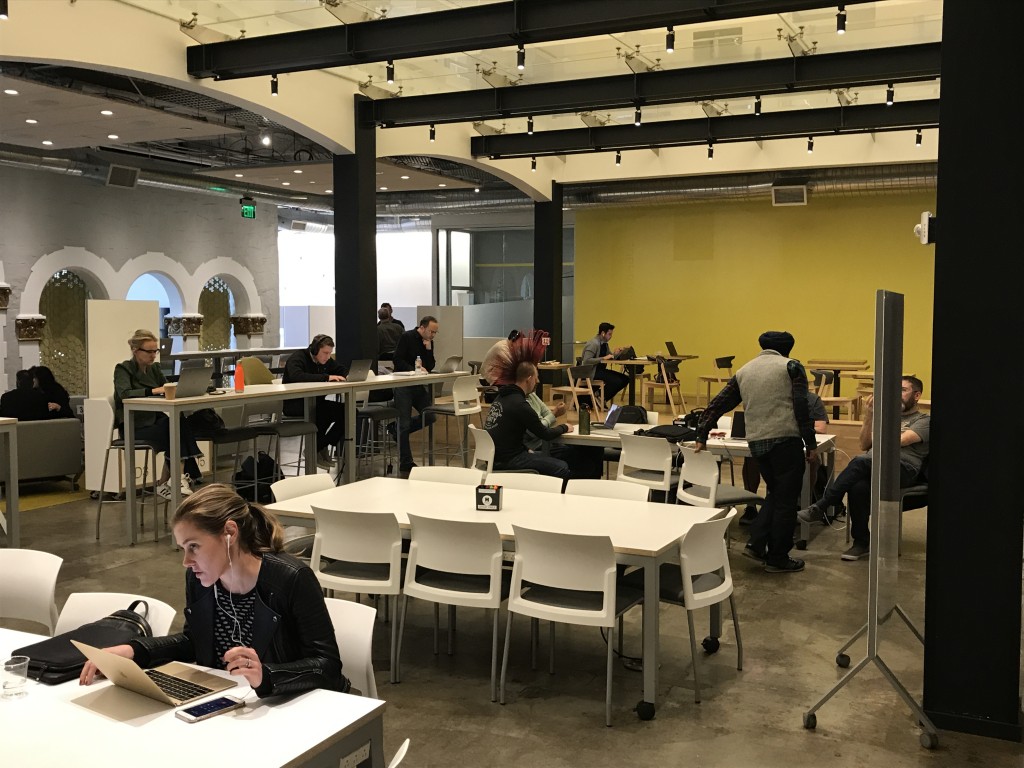
Silicon Valley workers want to form a union, but unlike the cafeteria workers and security guards who won official recognition this summer, this time it’s the product designers, software engineers, and mid-level managers who are coming together to organize.
In an industry where power is concentrated in the hands of founders, investors and shareholders, workers from Google, Facebook and other tech giants hope that by pooling their voices, they can pressure their employers to make decisions based on more than just profits.
Since the election of President Donald Trump, the movement to organize has gained steam. In December, after Trump proposed the creation of a registry of Muslim immigrants, nearly 3,000 tech workers pledged to actively protect their users and fight the administration’s proposed data collection policies. In January, a petition of more than 2,000 IBM employees compelled IBM CEO Ginni Rometty to step down from Trump’s Business Advisory Council. After rumors surfaced that the administration was considering Palantir, a Silicon Valley software company, to build the President’s proposed Muslim registry, nearly 100 protesters, most of whom were tech workers themselves, turned out in the pouring rain with picket signs in front of Palantir’s Palo Alto headquarters. A week after the protest, Palantir’s CEO Alex Karp came out against the building of a Muslim registry, telling Forbes, “If we were asked, we wouldn’t do it.”
According to Shahid Buttar, the director of grassroots advocacy for the Electronic Frontier Foundation, a nonprofit digital rights group, the movement to organize tech workers is not just important in the current political climate. “A union for tech workers would fill a crucial need,” said Buttar. “For a long time, we’ve needed to diversify the stakeholders to which corporations are accountable,” he said in an interview.
Most Silicon Valley companies’ only fiduciary obligations are to shareholders and, in the case of founder-owned companies like Facebook and Google, an individual or two at the top. This results in little incentive for companies to include the interests of their workers or impact on society – beyond their executives’ consciences — when making strategic decisions. But by banning together, tech workers believe their collective voice can make a difference.
“It’s a good idea to get away from the idea that unions are only for coal miners, dock workers, and blue-collar workers,” said John Pencavel, a professor of labor economics at Stanford University. Pencavel believes a tech workers union makes sense given the history of labor unions in America. “Highly skilled workers have the most leverage because they are the least substitutable,” he said.
The Palatnir protest’s organizer, Tech Workers Coalition, as well as similar groups like Tech Solidarity and Tech Against Trump, have seen support swell since the election. Tech Workers Coalition, which has been around for over two years, now boasts nearly 1,000 members in the Bay Area—most of whom joined after the November 8 election. Still, no group has filed for official recognition from the AFL-CIO or similar union organizing body.
Although the jury is still out on whether a recognized union will materialize from the grassroots efforts of groups like the Tech Workers Coalition, the Bay Area’s highly competitive job market bodes well for programmers and engineers who want to get their employer’s attention. Rather than prioritizing higher wages or paid time off, a tech workers union could press employers to consider broader impacts on society when they are making business decisions.
William Gould, the former chair of the National Labor Relations Board, the government agency responsible for safeguarding employees’ right to organize, believes that dissent from individuals at a company may eventually reach executives, but without an organization to consolidate voices and collectively bargain, there’s no compulsion for an employer to discuss anything with them.
“[A tech workers union] is a worthy objective, of that there’s no doubt,’’ he said.
